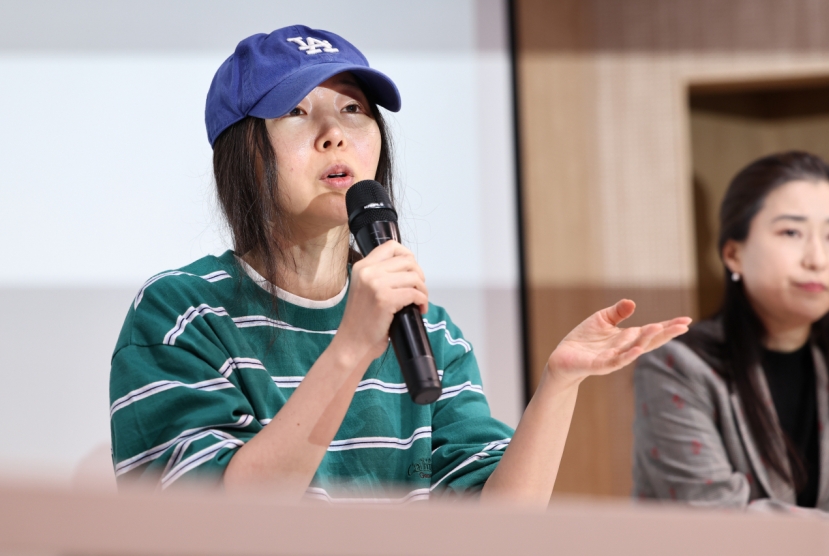[Foreigners Who Loved Korea 14] Hu Zongnan, the “little giant” who helped Korea’s fight
Chinese general supported the Korean Liberation Army from base in Xi’an
By Korea HeraldPublished : March 28, 2016 - 18:52
In Korea’s turbulent path toward independence and nation building, there were foreign nationals who stood steadfastly by the Korean people, although their contributions have been largely overshadowed by those of Korean patriots. The Korea Herald, in partnership with the Independence Hall of Korea, is publishing a series of articles shedding light on these foreigners, their life and legacies here. This is the 14th installment. -- Ed.
Hu Zongnan was born on May 12, 1896 to a poor household in Zhenhai county, Zhejiang province, China. His courtesy name was Shoushan, and his original name was Hu Qinzhai. He also used the alias Qin Dongchang. After graduating from Wuxing Middle School in 1915, he worked as a Chinese language, history and geography instructor in Xiaofeng County Primary School and the Private Wu Clan Primary School. After graduating from Whampoa Military Academy, he helped Chiang Kai-shek and fought for the Chinese revolution, and strongly invested both body and soul to aid the independence activities of the Korean Liberation Army.
Hu Zongnan was born on May 12, 1896 to a poor household in Zhenhai county, Zhejiang province, China. His courtesy name was Shoushan, and his original name was Hu Qinzhai. He also used the alias Qin Dongchang. After graduating from Wuxing Middle School in 1915, he worked as a Chinese language, history and geography instructor in Xiaofeng County Primary School and the Private Wu Clan Primary School. After graduating from Whampoa Military Academy, he helped Chiang Kai-shek and fought for the Chinese revolution, and strongly invested both body and soul to aid the independence activities of the Korean Liberation Army.
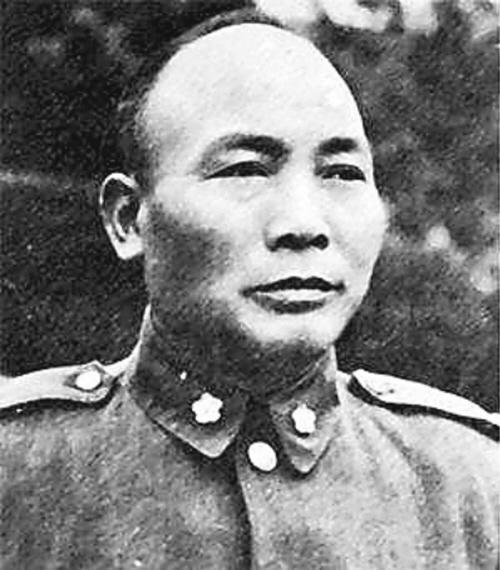
A short Han Chinese youth becomes a soldier
Hu Zongnan started down the path to become a soldier at the age of 29 in 1924, when he entered Whampoa Military Academy. The academy opened in Guangzhou in June 1924 as a result of the First United Front’s efforts to train military officers needed for the Chinese revolution. After Hu passed the first stage of the test held in Shanghai to recruit students, he went to Guangzhou to take the second stage of the exam. During the physical, he was eliminated from taking the written exam for being less than 160 centimeters in height.
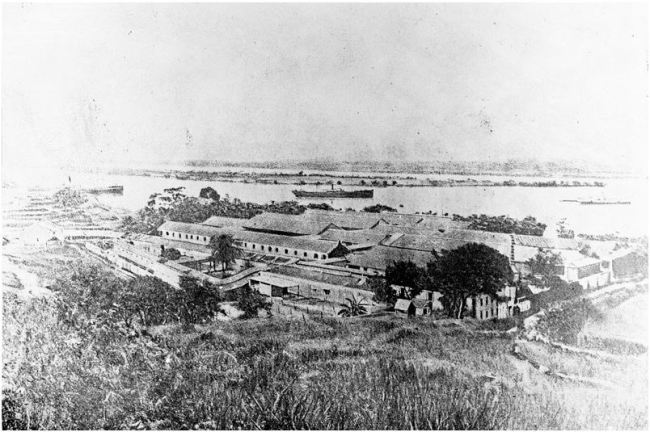
Crying out in disappointment from the unexpected result, Hu gathered his wits and stood up to address the examiner: “Why am I barred from joining the National Revolution? The revolution is the duty of every youth. What does my being short have to do with it? Napoleon was also short, and Sun Yat-sen is only 168 centimeters. Liao Zhongkai is even shorter. How can the National Revolution only select people based on their appearance?”
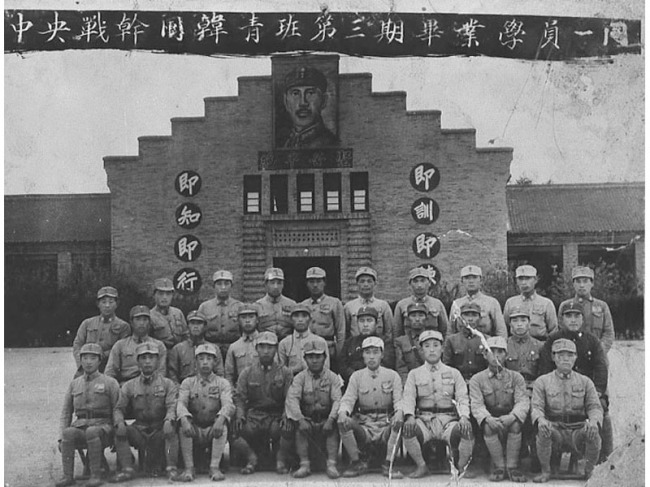
Hu’s cry was heard by the representative of the Whampoa Military Academy, Liao Zhongkai, who offered him the chance to take the written exam. Hu did not waste the chance, entering the first graduating class of the academy based on his abilities. This was the first step that Hu Zongnan took on the path to become the highest-ranking general in the Kuomintang (KMT) party that would later form the Republic of China on Taiwan.
Top general of the KMT
After graduating from Whampoa Military Academy in November 1924, Hu began his military career as a second lieutenant in the military training unit. In 1925, Hu participated in the first and second Eastern Expeditions for the Guangdong Revolutionary Government to subdue the warlord and his remaining troops, and also joined in the National Revolutionary Army’s commander-in-chief Chiang Kai-shek’s launch of the Northern Expedition in Guangdong to unite China with the overthrow of the warlord regime in the north in July 1926.
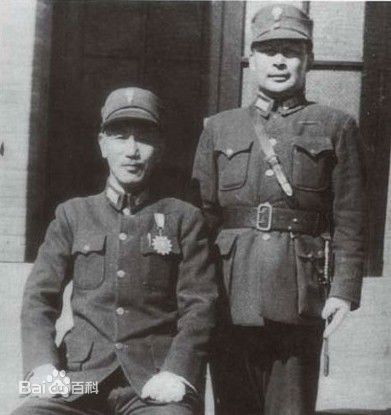
Hu and Chiang’s ties first began at Whampoa Military Academy. Entering the Academy, Hu became the pupil of Chiang, who was superintendent of the academy. He was also able to build ties with Chiang again thanks to an introduction from a Zhejiang province native, Dai Li, who shared Chiang’s hometown. When Chiang sought to reduce the army’s size after the end of the Northern Expedition in 1928, the warlords, displeased with Chiang’s plan, rose up in opposition to Chiang in the 1929 Chiang-New Guangxi Clique War and 1930 Central Plains War. During this time, Hu confronted the “Anti-Chiang troops” and served as Chiang’s escort.
Afterward, Hu also aided Chiang in subduing the Chinese Communist Party in the “Encirclement Campaigns,” battling the Chinese Communist Red Army mainly in the northwest. When the Xi’an Incident occurred in December 1936, with Zhang Xueliang confining Chiang, who had gone to Xi’an to spur the Encirclement Campaign against the Chinese communists, Hu raced to rescue him. Thus, Hu, who had walked the path of the soldier his entire life, earned the favor of Chiang and advanced first in the ranks among his classmates of Whampoa Academy to become China’s highest-ranking general.
Xi’an, the support base of the KLA
Hu’s ties with the Korean independence movement began in Xi’an in 1939, after the eruption of the Sino-Japanese War. Xi’an was the capital of Shaanxi province, as well as the crossroads to the foremost northern front of the Sino-Japanese War in North China and a crucial strategic point in restraining the revolutionary base of the Chinese Communist Party, Yan’an. Not only that, it was one of the important stages of activity for the Korean Liberation Army.
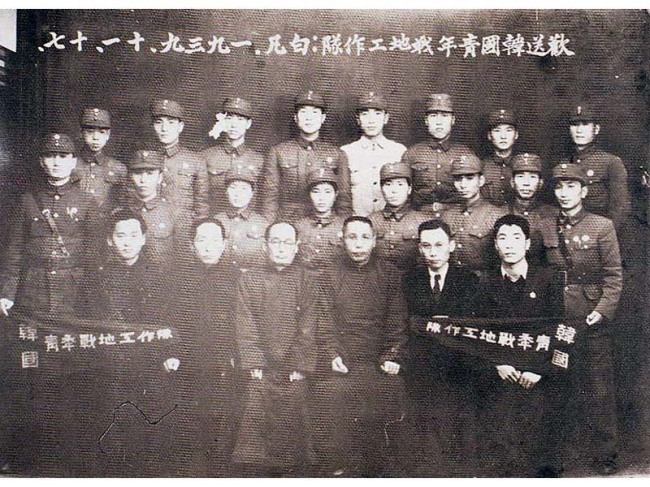
Xi’an was an important strategic point for the Korean independence movement for propaganda and recruiting as a northern Chinese region with over 100,000 Koreans. Thus the Provisional Government of the Republic of Korea moved to Xi’an to recruit special forces in October 1939, and the general headquarters of the KLA established in Chongqing in September 1940 moved to Xi’an that December. From 1942, the Second KLA detachment unit began its activities in Xi’an. While the KLA operated from Xi’an from 1939 to 1946, Hu reigned supreme in the 8th Military region as deputy commander-in-chief of the 8th and commander-in-chief of the 34th Army Group to the extent that he was called the “Northwestern King.” As the 34th Army Group was encamped in Xi’an and he was charged with defending the northwest, he supported the KLA as soon as Korean independence groups moved to Xi’an in 1939.
Support for the KLA began with the moving of the headquarters of the Korean Youth Battlefield Guerilla Corps, the predecessor the 5th Detachment Unit of the KLA, to 29 Erfu Street, Xi’an. Hu’s reason for supporting the KYBGC was connected to anarchism. His close ally and teacher, Ye Jingxiu, and secretary Hu Baoyi were anarchists, and Hu had been influenced by them. As the majority of the Corps, starting with Gen. Na Wol-han, was composed of anarchist youths, he collaborated with them.
In March 1940, Hu established a Special Korean Youth Class in the 4th Regiment of the Central Army Wartime Officer Training Unit run by the 34th Army Group, and supported a three-month training program for the KYBGC. As the corps recruited Korean youths in areas occupied by Japanese troops and its influence grew, Hu specially created a Korean Youth Training Class within the Central Army Wartime Training Unit so that its recruits could transfer to the KLA after going through education and training.
Hu did not spare any effort in supporting the KYBGC even after it was reorganized into the KLA’s 2nd Detachment Unit in 1942. When the newly appointed general of the KLA’s 2nd Detachment Unit, I Beom-seok, requested the creation of a training class for Korean youths, Hu approved the installation of the class in the 7th Campus of the Chinese Central Army Officer Academy that he was running. He also collaborated to expand the power of the Korean Liberation Army by transferring Korean prisoners of war from the Baoji prisoner-of-war camp and other Chinese Army POW camps. With joint support from the U.S. Office of Strategic Services, the 2nd Detachment Unit of the Korean Liberation Army installed a training camp in Hu’s jurisdiction of Xi’an, and Hu’s tacit agreement made possible a three-month secret training course for a joint Korea-U.S. operation.
Despite Hu being less than 160 centimeters in height, he pulled off brilliant accomplishments in the Northern Expedition and anti-Japanese war, and performed as China’s highest-ranking general with tens of thousands of troops under his command. Not only that, he directly aided in the training of the Korean Liberation Army and indirectly supported the Korea-U.S. joint operation. He was the “little giant” of both China and Korea, aiding the Korean independence movement with body and soul that made possible Korea and China’s victory against the Japanese.
By Cho Eun-kyung
Independence Hall of Korea curator
-
Articles by Korea Herald



![[Herald Interview] 'Amid aging population, Korea to invite more young professionals from overseas'](http://res.heraldm.com/phpwas/restmb_idxmake.php?idx=644&simg=/content/image/2024/04/24/20240424050844_0.jpg&u=20240424200058)
















